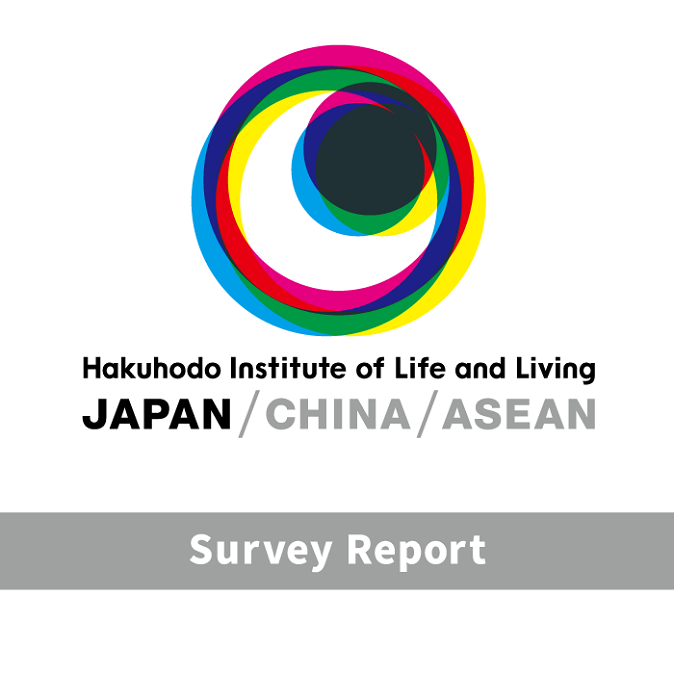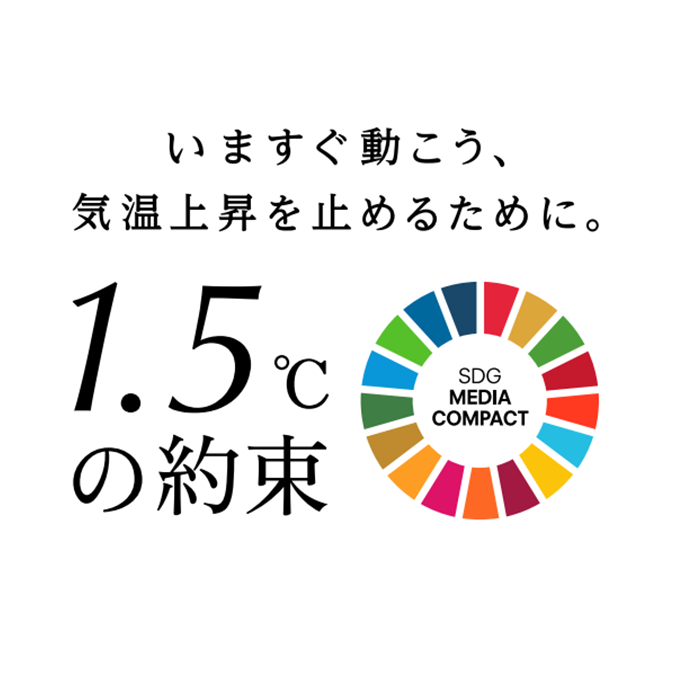- News
- Research
Awareness: To what extent are Japanese sei-katsu-sha ready for a post-carbon future?
Findings from a survey conducted in September 2021
70% say sei-katsu-sha should also contribute to decarbonization
But more than 50% don’t know what to do or lack information
Hakuhodo Inc.’s MIRAI Business Division teamed up with the Hakuhodo SDGs Project to conduct a nationwide study, the Hakuhodo Survey on Decarbonization Awareness and Action among Sei-katsu-sha, in September 2021.
Many agree that the household sector holds the key to achieving the greenhouse gas (GHG) reduction target of 46% (vs. the 2013 level) to be reached by 2030, as the sector is expected to reduce its emissions by 66%. This means that sei-katsu-sha—Hakuhodo’s term for the holistic person—will have to cut back on energy consumption in daily life. As the COP26 summit draws near, this article reveals some of the preliminary findings of the survey on the extent to which Japanese sei-katsu-sha are ready for the transition to a post-carbon future. The survey was conducted over September 18–19, 2021 covering 1,400 males and females aged 15–79 across Japan.
Key Findings
Widespread decarbonization awareness with strong interest among younger people
・ “Decarbonization” is recognized widely across generations: 85.4% of respondents were aware of it, while 66.1% were interested in the concept.
・ Decarbonization awareness is particularly widespread among younger and older people. In particular, 34.5% of the Gen Z respondents (aged 15–24) were very interested in the concept (9.2 points higher than the overall figure), pointing to strong interest among younger generations.
Decarbonization is everybody’s business, and not only a challenge for large companies and the government
・ Asked about who should meet the decarbonization challenge, 82.9% of respondents cited large companies, followed by the government/governmental agencies, with 78.9%, and then sei-katsu-sha, with 67.3%. Thus, a large number of sei-katsu-sha consider decarbonization as their own business.
・ In addition, as many as 84.4% of respondents regard decarbonization as everybody’s business.
Many remain inactive because they do not know what to do, and some are concerned about extra expenses or effort
・ Only 3.3% of respondents said their daily activities are very decarbonization-driven. This percentage is only 32.1% even if we include those whose daily activities are somewhat decarbonization-driven. Thus, the high public interest has not substantially translated into action.
・ Asked about their reasons for inaction, 58.1% said that they don’t really know how to contribute, 56.1% do not know any simple actions, and 53.5% cited lack of information. The results indicate that people simply don’t know what steps they can take in their daily lives.
・ Asked about their impressions of decarbonization actions, 75.4% of respondents cited extra expenses required, followed by extra effort, with 67.9% and inconvenience, with 66.8%. Those negative impressions
・ reveal that people feel they need to do without something or make extra efforts for decarbonization purposes.
Our Observations
We found that the concept of a post-carbon society is gaining recognition among sei-katsu-sha, attracting substantial attention across generations, particularly from Gen Z, which has heightened awareness of social issues. Many are apparently ready to contribute to collective efforts as members of society, considering decarbonization as everybody’s business, and not something to be left to the government or select companies. Thus far, however, only a portion of people have proactively taken action, as many sei-katsu-sha still consider decarbonization to be difficult to achieve and require extra expenses and effort, rather than a low-hanging fruit that can be easily attained.
It has been said that a slight improvement in awareness in daily life leads to many actions that help reduce CO2 emissions. The key to inducing and facilitating actions among sei-katsu-sha may be to provide information on concrete steps to help reduce CO2 emissions and to make proposals to help people feel that they, too, can help. (Observations provided by the analyst)
Survey outline
Method: Internet survey
Respondents: 1,400 males and females aged 15–79 across Japan
*The results were weighted back for analysis purposes to reflect the demographic composition by gender and age. Data cited in this document are weighted-back figures
Survey area: Nationwide
Survey period: September 18–19, 2021
Conducted by: H.M. Marketing Research, Inc.
Implementing bodies
This survey was jointly conducted by the MIRAI Business Division, Hakuhodo’s new business development arm, and the Hakuhodo SDGs Project, a company-wide initiative to support companies’ SDGs efforts.














